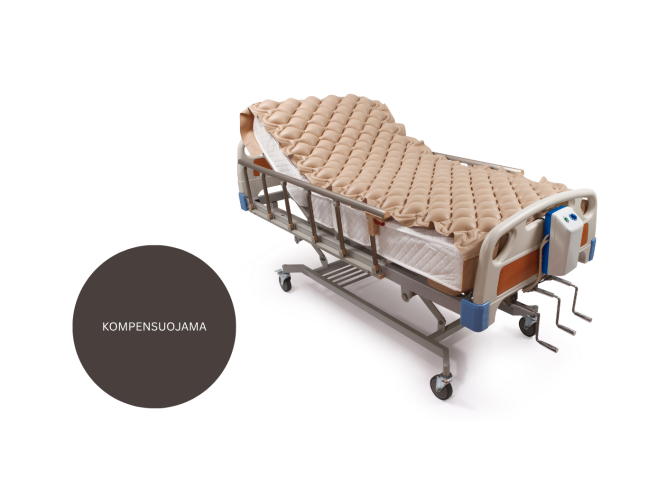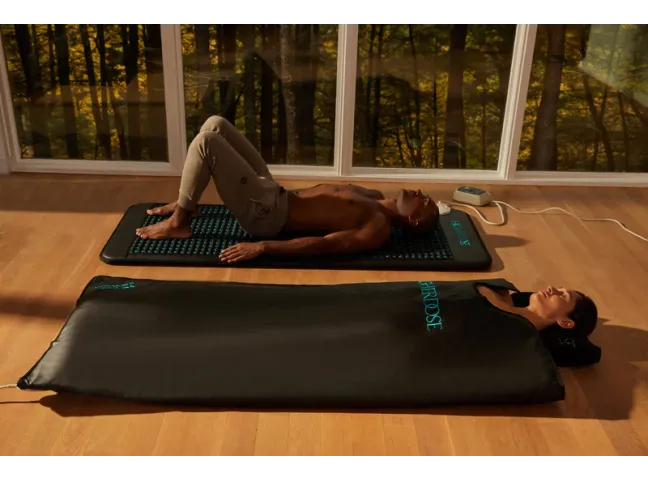What is inversion therapy?
Inversion therapy is a technique that uses inversion tables to turn a person's body upside down to stretch the spine and relieve back pain. During inversion therapy, pressure is applied to the back by shifting the weight of the body, while providing stretching to the spine.
For these reasons, inversion therapy can be useful for people with:
- Chronic low back pain
- poor metabolism
- sciatica
- scoliosis
Does research support the benefits of inversion therapy?
Those who support inversion therapy claim that the technique can solve and prevent back problems. They also believe that stretching and blood circulation can help prevent future health problems.
Inversion exercises help the spine:
- creating more protective fluid around the discs of the spine
- removing waste from the spine
- reducing inflammation
- stimulating blood circulation through the surrounding muscles
Here's what the research says about the four benefits of inversion therapy.
1. Reduced back pain
In one study, 47 people with chronic lumbar pain were followed up. They practised inversion therapy for 3 minutes at different angles. The study showed that inversion therapy at an angle of 60 degrees reduced back pain after eight weeks. It also improved the flexibility and strength of the trunk.
2. Improved spinal health
Inversion therapy can strengthen the space between the spinal discs and reduce pressure. Activities such as sitting, running and bending put pressure on these discs, and the resulting pressure increases the risk of back pain, vertebral damage and other complications. Most people find that inversion therapy in the form of stretching is a useful adjunctive treatment for back pain.
3. Increased flexibility
Practicing inversion therapy can also lead to increased flexibility. Micro-movements in the spine can help to strengthen the body over time. Inversion therapy also improves posture. This can be particularly useful if you work at a desk.
4. Reduced need for surgery
A study shows that zero-gravity inversion can reduce pressure. The authors of the study also noted that inversion can prevent disability caused by back problems. It may also reduce the need for spinal surgery in the future.
The study found that people with lumbar problems reduced the need for surgery six weeks after inversion therapy.
Despite these results, it is important to note that back problems are complex. Inversion therapy does not guarantee that you will not need surgery in the future, nor should it be an alternative treatment for back pain.
TYPES AND METHODS OF INVERSION THERAPY DEVICES
The inversion exercises a person can perform depend on the equipment available.
Inversion tables
Many tables are designed to help you stretch your back for a few minutes as you position your body upside down on them. Some people choose a model that allows them to twist their torso and do push-ups.
Inversion chairs
Inversion chairs are used in a similar way to tables. The main difference is that the person sits rather than stands.
Alternative methods
You can combine inversion therapy with yoga postures:
- shoulder stand
- headstand
- handstand
- Plough Pose
Yoga in the air can also be used. Yoga in the air, described as 'gravity defying', works with circus-like props to help you find more length and safety in the poses.
Questions?
If you have any questions, please contact Rehastar.com staff by phone weekdays 08:00 - 17:00 or by email at any time and we will try to get back to you as soon as possible.
Email: info@rehastar.com
Phone: +370 626 11553






